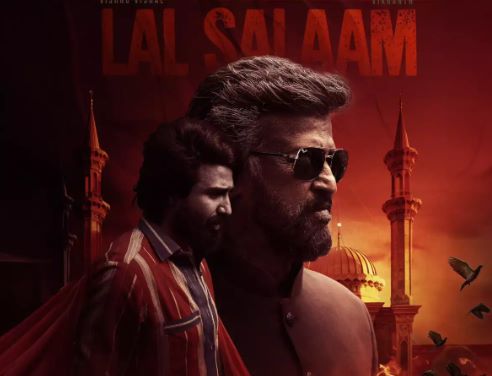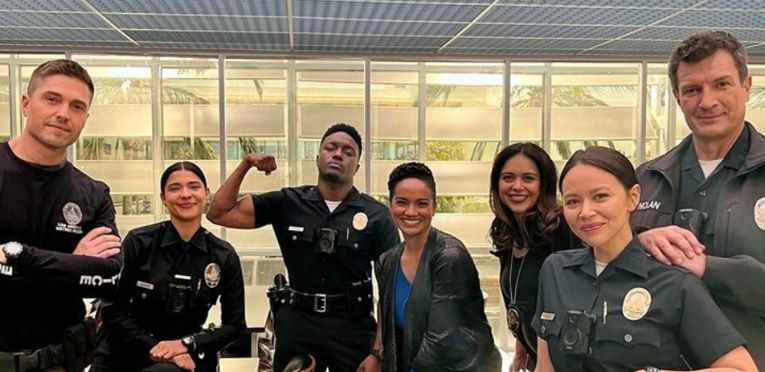The much-anticipated live adaptation of the much-loved Nickelodeon animated series Avatar: The Last Airbender has come out after a long wait. Like with any other live adaptation, there is always a fear in the fans’ hearts, wondering what if it spoils the original animated series.
History has it that it’s a custom to compare the live-adaptation of a hit animated series with the original series to find out if the makers did justice to their favorite show or not. Take a seat and keep reading as we dissect every difference in Netflix's adaptation of Avatar: The Last Airbender from the original animated series.
The series is set in a fantasy world with the ability to bend natural elements, and it has a huge fanbase with a number of comic books and sequel series available. However, it was long before the release that the adaptation had been criticized by the fans of the animated series ever since they learned that two of the creators of the cartoon had left the board due to creative differences.
So, how much is Netflix's adaptation different from the original?
The answer is a lot. The adaptation fluctuates from the original story at a lot of points, one main reason being that Netflix only curated eight episodes while the original series consisted of a total of 20 episodes.

Here are some of the major places of differences-
Unlike in the original animated series, where we meet Aang trapped in the iceberg and learn the backstory through flashbacks, Netflix plays it differently. In the adaptation, we follow the events that lead up to Aang being trapped and then his subsequent save through Sokka and Katara.
Netflix also took a different approach with previous avatars and changed their roles a bit. It shows the popular avatar, Avatar Kyoshi, playing a bigger part by taking over Aang’s body to defeat the Fire Nation soldiers.
While in the original, it was another avatar, Avatar, Roku, who takes over Aang’s body in a different scene.
Also, in the adaptation, Aang is shown to have a spiritual conversation with Avatar Roku and Avatar Kuruk, but no such thing happens in the original series.
Another big change in the adaptation is done with Omashu, the Earth Kingdom city, which becomes home to a number of events that originally took place differently.
The adaptation combines different characters and places together, eventually smashing together the events that occurred at different points.
Netflix also brings altercations to the character of Bumi, who is originally shown being wary of Aang initially in the series, but by the end, after going through a series of tests, they part ways on good terms.
However, Bumi has been portrayed as being more resentful toward Aang in the adaptation, making it unclear by the end if they were on good terms or not.
Koh, the face-stealing dark spirit from the spirit world, appears briefly in the original series in season 1 when Aang requests it to save the Northern Water Tribe, but the adaptation shows Sokka and Katara being trapped in Koh’s realm.
These were just some of the major differences where Netflix fluctuated from the original series; however, there are more subtle differences present in the adaptation that were felt by the fans.
Where did you feel Netflix's adaptation lacked?
Also Read: Elden Ring: Shadow of The Erdtree Trailer, Release Date, and Preorder Guides.










